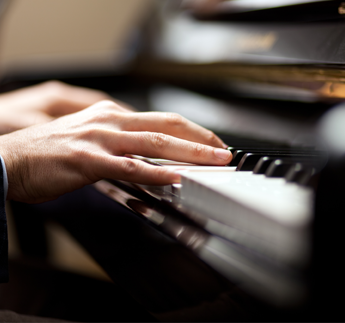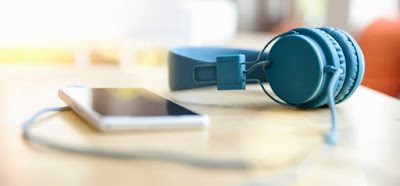TEACHING YOURSELF HOW TO PLAY PIANO FASTER
Can I become a pianist? How? When? In which way? (Getty Images)
The piano is a unique and interesting instrument, and it also is fun to play. Piano inspires joy,
wonder, and quite a bit of intimidation. What is it about the piano that causes so
many different reactions? And why do so many people want to learn how to play the piano, but never do? While you may think that it is impossible to become a
proficient and consistent player without years and years of expensive piano lessons,
that is not necessarily the case.
You’ve come to the
right place because I’m more than happy to walk you through your options and
help you find the best fit for you. Your journey into piano learning doesn’t
have to be scary or confusing. Believe it or not, anyone with the right
training can learn how to play the piano faster than usual.
With a little
knowledge about the notes, keys, and chords, and a lot of practice, you can
teach yourself to play the piano.
Steps
 |
 |
| Learn how to place your fingers on the piano. (Photo: KeytarHQ) |
Learn the major keys. You'll
have to study the major keys if you want to be able to identify the sounds that
you hear. Some people do this by learning the major keys and then assigning a
number to them. For instance, 1 is C; 2 is D; 3 is E; 4 is F; 5 is G; 6 is A; 7
is B; 8 is C. Notice how the numbers 8 and 1 both represent the note C, but the number represents a lower or higher C. The number 1 represents middle C.
 |
- Once you know how to do this, you can label songs by numbers instead of letters. For instance, "Mary Had a Little Lamb" would be E - D - C - D - E - E - E. This would be represented as 3 - 2 - 1 - 2 - 3 - 3 - 3.
- If you don't have any
musical knowledge at all, you will have to wing it and figure it out by
trial-and-error.
Learn the chords. Songs
are mostly composed of variations of chords. You'll hear them in different
keys, but the chords are composed of the same intervals. Identifying the notes
that comprise the chords is crucial when you're figuring out a song by ear. So,
learn how to play the basic chords and find out where they are located on the
piano. Play the chords to familiarize yourself with the sound of them so that
you recognize them. Even if you don't know the chord's name, you should know
what they sound like. You should also be able to recognize if the chords are in
a low register or high register, and from that, you'll know where they are
located.
 |
| Learn the music chords on the sheets or any other way you prefer that works for you. |
- The C Major triad (or
chord), comprised of C, E, and G is one of the simplest chords to learn. Play
this chord on middle C first (right-hand fingering is 1, 3, and 5, and
left-hand fingering is 5, 3, and 1) and then move it to different octaves on
the piano, keeping C as the lowest note.
5 Notice patterns. All
songs are composed of musical patterns. Chords repeat themselves often in a
steady beat or rhythm. If you can identify the patterns, or chord progressions,
that you hear, it is much easier to play a song that you hear. You'll be able
to learn which chords are combined with others. This helps you to understand
how melodies and baselines are constructed, which helps you to make your own.
 |
Master humming. Humming
helps you internalize the song. Then, you'll be better able to repeat it on a
piano. In other words, hum the tune. Then, sit down and the piano and repeat
it. Once you know the chords and what the notes should look like, you should be
able to duplicate them by ear.
Review finger
placement. To really play, you need to know which fingers to play the keys
with. The best way to do that is to get a basic understanding of finger
placement from a beginner's piano book. The fingers are numbered. For instance,
the thumb is 1 and the pinky is 5. These books will teach how to play each note
by telling you which finger to play it with.
 |
| Like typing on the laptop, keyboard keys have also rules that guide them. (Photograph: Getty Images, n.d.) |
Practice. Listen to songs.
Then practice humming them and see if you can duplicate the song on your piano
or keyboard. Or, select a song that you like and using the techniques that
you've learned, attempt to play it by ear. Becoming a good piano player
requires lots of practice. You'll need to practice at least three times a week.




Comments
Post a Comment